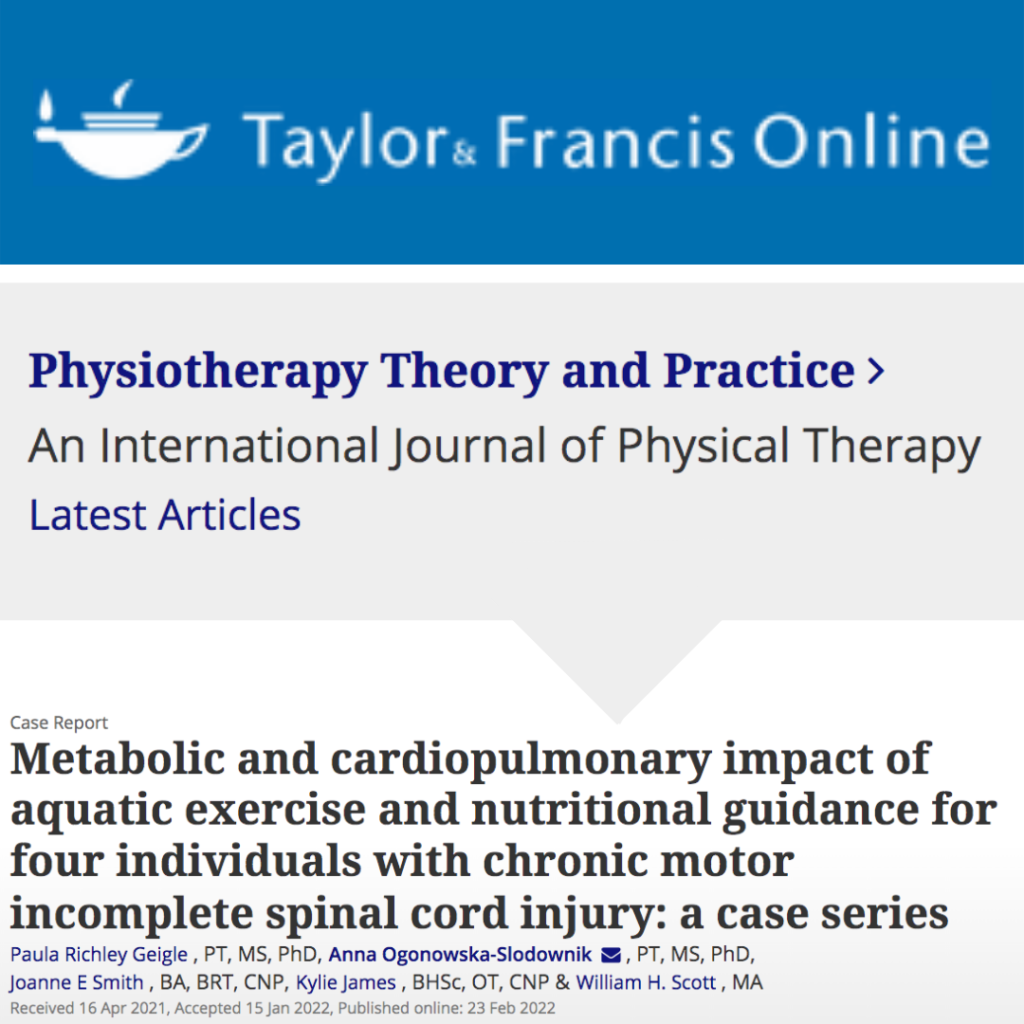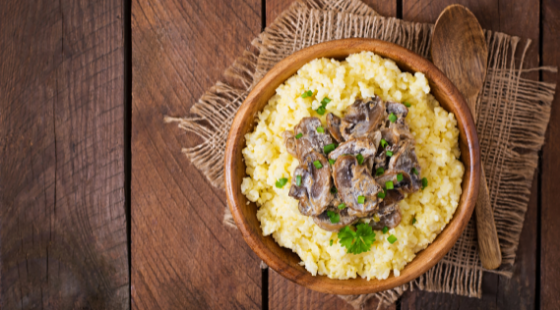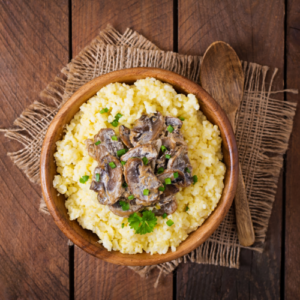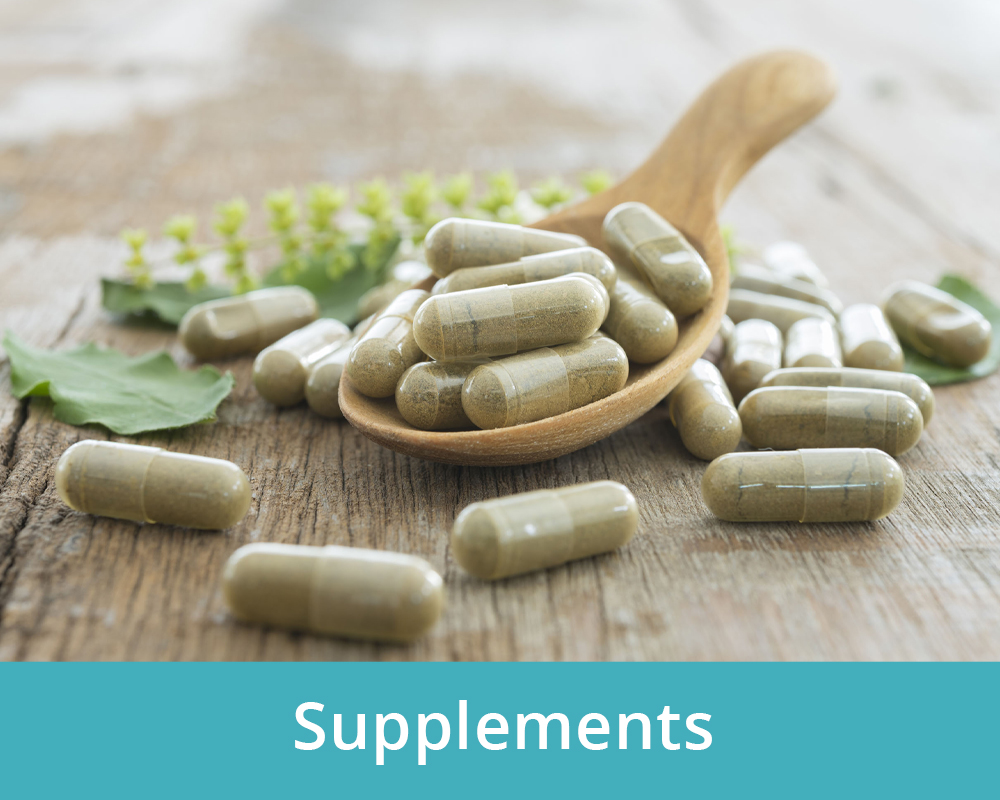
What and When to Eat to Optimize Performance and Recover from your Sports Event or Workouts

Proper nutrition is crucial in optimizing results and performance, facilitating recovery, increasing muscle mass and reducing risk of injury.
It can be overwhelming on what to eat and when to eat and how much to eat. Whether it is optimizing your workouts at the gym, enhancing your performance in a sport such as soccer or hockey or in preparation for a long-distance running event – no matter what you do you need to eat properly.
What, when and how much will be dependent on what you are doing and how often you are training for example a weightlifter trying to bulk up and get strong will have very different nutrition needs than a long-distance marathon runner.
We have included below some simple tips and strategies to help guide you in best practices for pre and post nutrition workouts.
What should I eat before a sports competition, game or sporting event?
This is not just the last meal before your event or game that matters but proper nutrition comes from at least a couple of days of eating right leading up to the event! You need to make sure your energy stores are packed and ready for you to access when you compete or workout, so you need to build this up!
It takes anywhere from 24hrs to a few days for your glycogen stores (or energy stores) to fully replenish after a hard workout or training. Your body can store about 12-14 hours worth of it for your daily activity, but a hard workout lasting 2hrs+ can deplete all of it. Therefore, it is important to keep in mind that what you eat the day before is what is fueling your energy before the competition.
What do I eat the day of the event or workout?
An athlete should aim to consume a combination of carbohydrate and protein in their pre-event/game meal. This means that they should consume 3-4 hours before a competition or 60-90 minutes before a training event.
You want to make sure that you give enough time for your meal to digest especially as closer you get to the competition the more likely your stress hormones have increased with the anticipation of the event, and this may interfere with your digestion and your food not get properly absorbed. Also, when you eat blood diverts away from your muscles to the digestive tract to support digestive processes so you need to make sure you give enough time to ensure that the blood has time to return back to your muscles so that they are pumped and ready for action! Choose foods that are easy to digest, especially if your workout starts in one hour or less.
The meal should not be spicy as this can cause gastrointestinal problems and it should not contain too much fat as this will slow the rate of digestion and your body may not have had enough time to process these foods before the competition (blood is still focused on digesting and not on the muscles).
You want to include a protein as part of your pre-workout meal as this will create a better anabolic response (muscle growth), improved muscle recovery, increased strength, support lean body mass and increase muscle performance (1)
Your pre-nutrition should include some carbohydrates, and this is for both short- and high-intensity exercise. This is because your glycogen stores are your muscles’ main source of energy (2). Carb loading, which involves consuming a high-carb diet for 1–7 days, is a well-known method to maximize glycogen stores. (3) But having carbs in the day of your event will help to have a fuel source ready to go before starting to tap into glycogen stores.
What should I eat after a sports event, game or competition?
During physical activity, energy stores (glycogen) deplete, muscle tissue damage occurs, and fluids and electrolytes get lost through sweat. Therefore, post workout refueling becomes imperative and is probably the most important meal of the day even more so than breakfast!
After a workout or a sporting event the muscle cells have increased capacity to take in and absorb nutrients so this another reason why refueling the body after physical activity is so important.
30 minutes following exercise an athlete remains in a catabolic state this is when the body is breaking down muscle and tissue. The body at this state has low levels of insulin and high levels of cortisol and glucagon. Too offset this catabolic state an athlete should consume a high carbohydrate food and protein within the first 30-60 minutes following their game/event or workout. This is when the body is primed to refuel and replenish itself.
Post workout nutrition is important as this helps to:
- Decrease muscle protein breakdown
- Increase muscle protein synthesis (growth)
- Restore glycogen stores
- Enhance recovery
If you want to get technical you ideally want to be consuming carbohydrate and protein at 1 to 3 ratio this will help to increase glucagon (glucose stores) as well. Some foods that support such a ratio include chocolate milk (which contains 30 grams of carbs and 9 grams of protein) or a breakfast cereal (which can contain approximately 42 grams of carbs and 14 grams of protein).
One thing that often gets overlooked is that any kind of exercise or physical activity creates free radicals, so any post workout or post event meal/food intake needs to contain antioxidants which can easily be found in fresh fruits and vegetables.
The post-workout meal doesn’t have to be complicated, nor does it require expensive shakes or supplements. Some great post workouts or post sports game meals include:
- Scrambled eggs with vegetables and a sweet potato
- Grilled chicken with roasted vegetables and rice
- Salmon with sweet potato
- Tuna salad sandwich on whole grain bread
- Tuna and crackers
- Oatmeal, whey protein, banana and almonds
- Cottage cheese and fruits
- Pita and hummus
- Whole grain toast and peanut butter
- Cereal with milk
- Greek yogurt, berries and granola
- Protein shake and banana
- Quinoa bowl with sweet potatoes, berries, and pecans
As mentioned earlier you also want to replace the fluids that you lost through sweat. Ideally an electrolyte drink is a great option. Check out this refreshing home-made electrolyte drink.
Summary
Proper nutrition is extremely important in optimizing results and performance, facilitating recovery, increasing muscle mass and reducing risk of injury. Whether it is optimizing your workouts at the gym, or your performance in sports– no matter what you do you need to eat and drink properly! This includes what you eat on a regular basis as well as leading up to the event and especially after the event. What, when and how much will be dependent on what you are doing and how often you are training. But you need make sure that you are fueling the body to help with recovery and repair of muscles and glycogen storages as risk of injury and ability to recovery quickly can easily be compromised if proper nutrition is overlooked.
References —
- https://pubmed.ncbi.nlm.nih.gov/16988909
- https://pubmed.ncbi.nlm.nih.gov/6571232
- https://pubmed.ncbi.nlm.nih.gov/12111292












